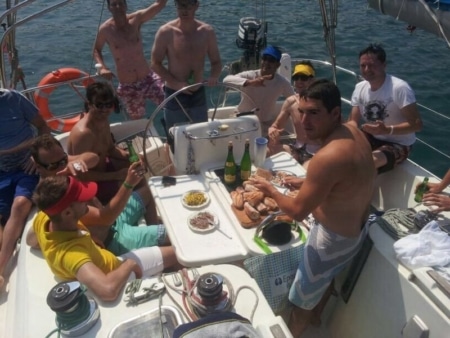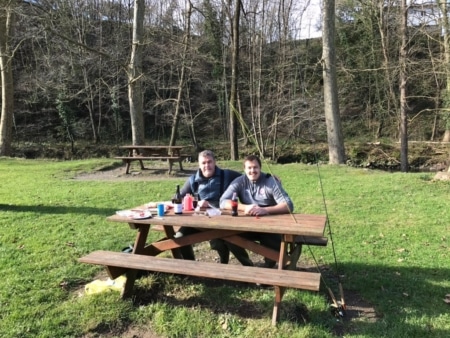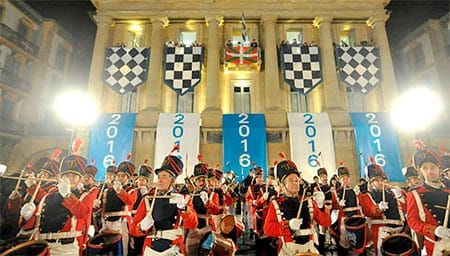The French Basque coast
Saint Jean du Luz
What during the XVII century was the base of the Basque corsairs, has become a relaxed tourist destination of summer. San Juan du Luz is situated in a quiet half-moon-shaped bay with a beautiful sandy beach. It also boasts a historic centre full of colourful Basque houses with wooden latticework. It is the ideal place for families or couples in search of calm under the sun while enjoying the magic of a bygone era.
Although St. Jean du Luz is only 20 minutes from Biarritz and both are famous summer resorts, the atmosphere in St. Jean du Luz is completely different from that of Biarritz, somewhat more relaxed. It’s a busy place, but not crowded, nice but not too luxurious. The old town is made up of beautiful Basque style houses. Many of the buildings date back to the 17th century, when St. Jean de Luz was one of the most important fishing ports in France.
The 17th century was also a time of transition in San Juan de Luz, when the main economic activity shifted from fishing to what was essentially piracy, as the town became the base for Basque corsairs. These corsairs pursued the enemies of France at sea, looting them with the blessing of the king. The corsairs were feared by the English and the Spaniards, who were the involuntary donors of the wealth that reached the small St. John of Light. That was the golden age of the locality and the fortune of that era can still be appreciated today by strolling through its streets.
It was also during the 17th century that the Treaty of the Pyrenees was signed on the nearby Isle of Pheasants, ending a long conflict between France and Spain. As a result of this treaty, King Louis XIV of France married the daughter of the King of Spain, Infanta Maria Teresa, in St. Jean du Luz in June 1660. This royal marriage was one of the most important political marriages in history. The fact that the wedding took place in San Juan de Luz is something that the local people are still proud of today.
https://sansebastiantrips.com/san-sebastian-tours/french-basque-coast/







